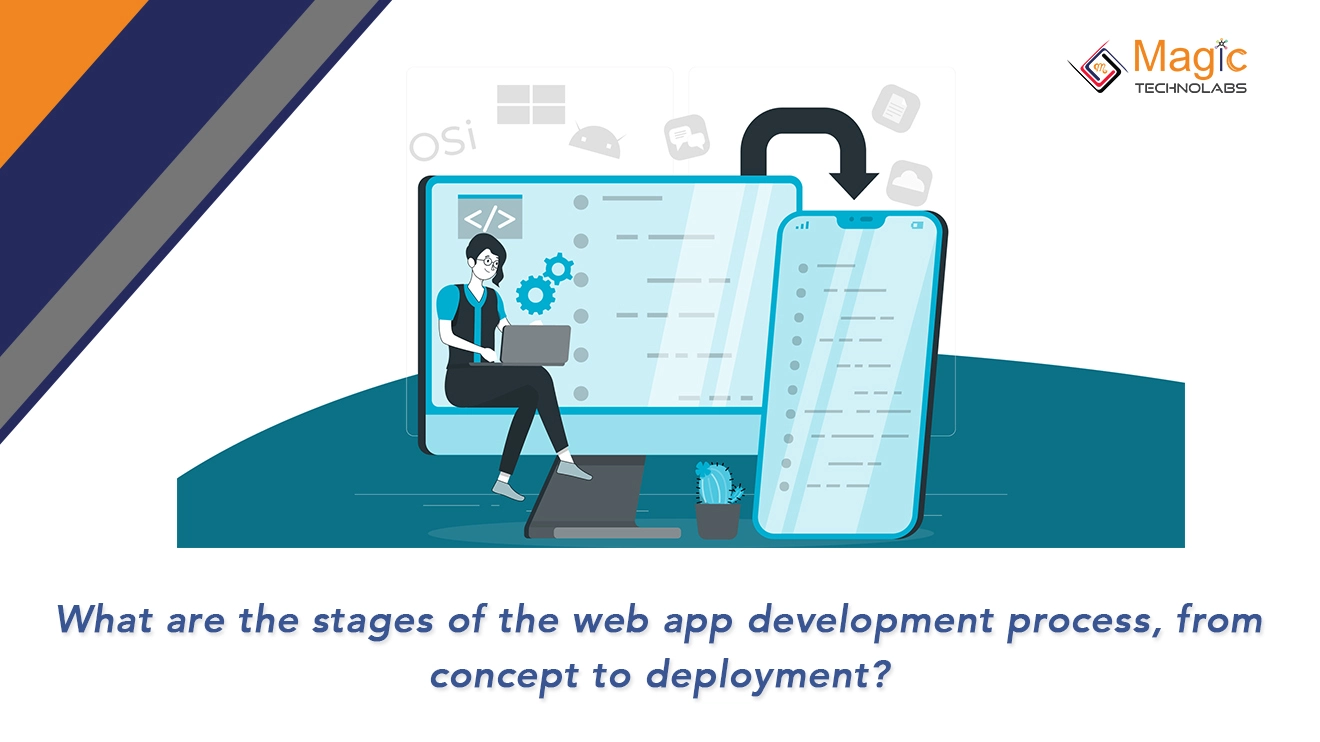In the ever-evolving digital landscape, web app development has become an integral part of businesses and services. From the inception of an idea to the final deployment, the journey involves several stages, each crucial for the success of your digital product.
1. Conceptualization (Ideation)
The process starts with a spark of an idea. This is where you define the purpose and objectives of your web app. Market research helps you understand user needs and assess the competition. A clear and unique concept is key to setting the foundation for your project.
2. Planning and Strategy
Once you have a well-defined concept, it's time to chart your development strategy. Create a budget, establish timelines, and assemble a skilled team. A comprehensive strategy ensures efficient execution.
3. Design and Prototyping
User experience is a top priority. Design and prototyping involve creating wireframes and prototypes to visualize the app's layout and functionality. Gathering feedback is essential to make necessary adjustments.
4. Development
The development phase brings your concept to life. Skilled developers write code, integrate features, and ensure the app's functionality. This is where your idea transforms into a functional product.
5. Testing
Testing is the gatekeeper to a successful web app. It includes unit testing, integration testing, and user testing to identify and rectify any issues. Quality assurance is vital for user satisfaction.
6. Deployment
This is the moment your app goes live. Deployment involves selecting a hosting solution, configuring servers, and ensuring the app can handle real-world traffic. It marks the transition from development to operation.
7. Maintenance and Updates
Web app development doesn't end at deployment. Regular maintenance and updates are essential to keep your app running smoothly and securely. It includes bug fixes, feature enhancements, and performance optimization.
8. Scaling
As your app gains users, you may need to scale up. This involves upgrading servers, databases, and infrastructure to handle increased demand without compromising performance.
9. User Feedback and Improvement
Listening to user feedback is an ongoing process. Use it to make informed improvements and enhancements. This iterative approach leads to increased user satisfaction and loyalty.
In conclusion, the stages of web app development are a journey, not a destination. From concept to deployment, it's a dynamic process that demands vision, strategy, technical expertise, and a commitment to user satisfaction. Mastering these stages ensures your web app's success in the digital world.
















